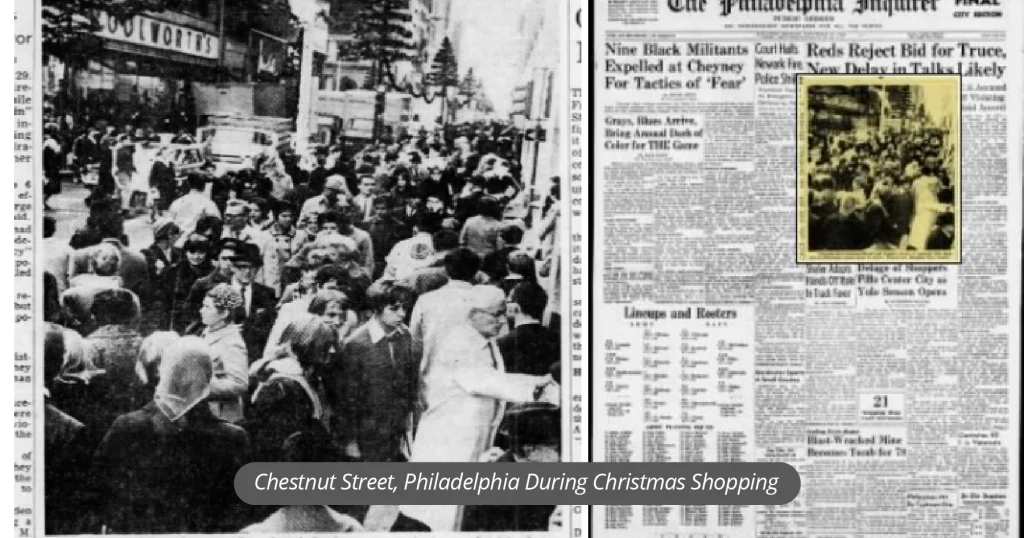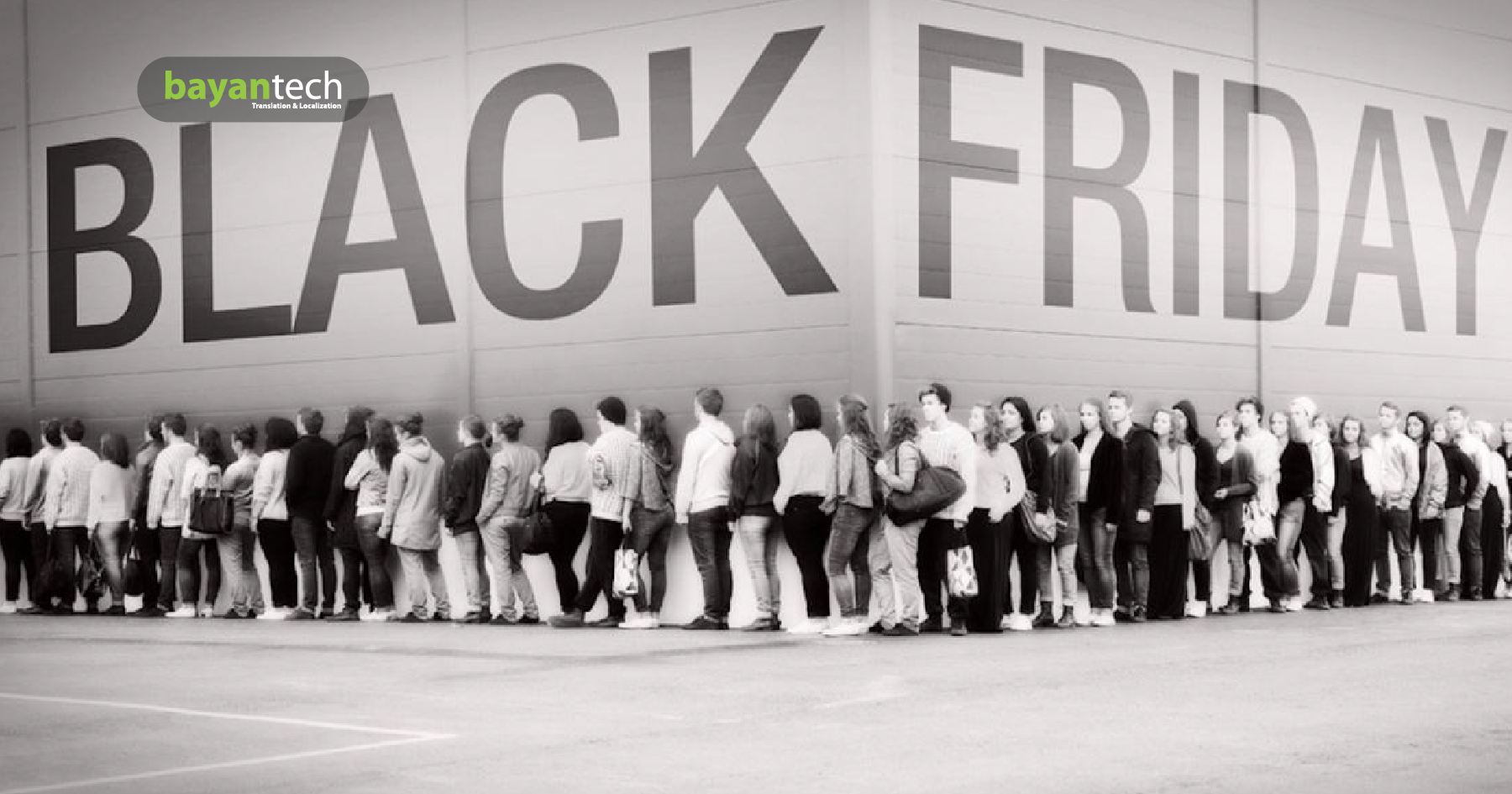As the end of the year approaches, the season of big sales comes closer. Almost everyone, whether a shopaholic or a regular customer who likes to seize a good purchase deal, has taken part in Black Friday at some point.
Black Friday deals on items you’ve had on your wishlist can be very tempting, especially if they’re being sold for half of their price. But what started this whole tradition and why is it called Black Friday? This is what we will explore in this article, the origin of Black Friday.
The Philadelphia Story: Black Friday’s Retail Roots
The term Black Friday first originated in the city of Philadelphia around the 1950s when locals and city visitors flooded the stores the Friday after Thanksgiving to shop. This time also coincided with the Army-Navy football game that Philadelphia hosts, attracting fans from across the country.
The hustle and bustle of the city led to massive traffic jams and overcrowded stores and sidewalks, forcing police officers to work extra hours just to handle the crowd and prevent chaos. Because of how hectic it was, officers started referring to this day as Black Friday, for instead of calling in sick on that day to enjoy a longer vacation, they had one of the busiest work days of the year.

So, how did retailers respond to this overwhelming frenzy?
Retailers weren’t too fond of the negative connotation the term carried and made an attempt to rename it Big Friday in hopes of putting a positive spin on the event. However, the new name never caught on as they had hoped.
While Black Friday originally emerged in Philadelphia, it did not stop there. The entirety of the US has adopted this concept; stores in all American states now make huge discounts on their products on Black Friday that people would queue and camp in front of stores days before just to catch the sale before it ends. Now, Black Friday is a worldwide event that takes place in many countries, becoming the biggest shopping event in the world.

The Transformation of Black Friday and the Rise of a Shopping Phenomenon
In the 1980s, retailers wanted to redefine what Black Friday is. They marked it as the day they go into the black, or become profitable. This reframed the idea of Black Friday to what we now know as one of the busiest shopping days, shifting the focus from the Black Friday origin of chaos to consumer spending.
This successful rebranding changed the public’s perception of Black Friday. If you go and ask anyone to define Black Friday, they will probably mention deals and discounts. This attempt is to associate that day with good shopping deals and increase its appeal to both seller and consumer, creating a win-win situation.
A Financial Disaster: The Original Black Friday of 1869
In 1869, the phrase Black Friday was also used to mark an infamous incident where the two financiers from Wall Street Jay Gould and Jim Fisk attempted a scheme to win over the gold market by purchasing all gold to create a shortage and later sell this gold for more money.
However, their plot was discovered and it failed, which led to a severe financial crisis. This financial ruin on September 24 became known as Black Friday.
This incident negatively affected everyone in the market, from companies to farmers, and made a dent in the US economy for years after.
From One Day to a Shopping Season
Given how profitable Black Friday is to retailers and how successful it turned out to be, it expanded from being just one day after the fourth Thursday of November to being a whole holiday shopping season.
For example, online shoppers now have Cyber Monday which is an extension of Black Friday but for online shopping. People can enjoy the discounts from the comfort of their homes without having to experience the hassle of shopping in real life on such a busy day.
There is also Small Business Saturday which was created to support local brands and retailers, as Black Friday mainly focuses on big brands that sell mass-produced products. This way, people can be more exposed to local options and help support those businesses.
Creating these shopping days has extended the holiday shopping season and contributed to the aspect of consumerism during the time around Black Friday. Now, the time between Thanksgiving and Christmas is known for discounts and shopping sprees.

The Dark Side of Black Friday
Even though the main purpose of Black Friday is very beneficial to both sellers and consumers, it has turned into an event that represents excessive consumerism. The craze of having so many discounted items on sale can pressure people to go on shopping sprees for things they might not even need. This encourages overconsumption and materialism at a time when we desperately need to encourage sustainability.
When talking about the violent incidents that arose during Black Friday, we circle back to the origin of Black Friday, where overcrowding and congestion were the main issues that made that day possibly dangerous. It was reported that 11 deaths occurred in the US because of Black Friday. Even more, in its article, the New York Post mentions a website that details the number of deaths and injuries caused by Black Friday worldwide and the cause of each incident.
Selling Smart on Black Friday
Localization for Global Markets
Even though the origin of Black Friday had negative connotations, Americans were able to turn this around and now the name is associated with happy discounts and good deals on highly desired products. But while this newer, positive meaning has spread globally, it’s still really important to keep in mind how cultural differences can shape how people in different regions view certain terms.
And that’s exactly why localization is particularly critical in marketing campaigns tied to global events or holidays.
Let’s look at a real-life example.
For Muslims, Friday is a holy day of prayer and reflection, referred to as “a day of blessings.” Associating it with the term “black” is seen as disrespectful or offensive. To bridge this cultural gap, brands in the Middle East have rebranded Black Friday to “White Friday,” making it more culturally suitable and appealing to local consumers.
If you think it’s not a big deal to use “Black Friday” in Muslim countries, take a look at the frustrations expressed by customers toward a brand that overlooked this crucial aspect of understanding its target audience.


bayantech, Your Partner for Expert Translation & Localization Solutions
At bayantech, we understand that effective communication goes beyond just words; it’s about connecting with diverse audiences in a meaningful way. Our team of experts specializes in eCommerce and marketing translation and localization, ensuring that your online platforms, websites, and apps resonate with users from various backgrounds and cultures.







